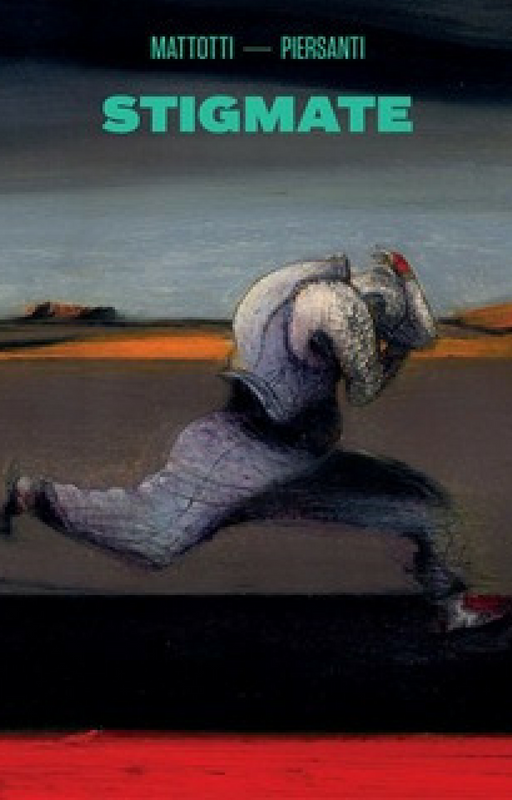Author:
Lorenzo Mattotti
Publishing house:
Logos Editions
Date of publication:
09-05-2018
First published in 1999 in Einaudi’s Stile Libero series and adapted for film by Spanish director Adán Aliaga in 2010 under the title Estigmas, Stigmate is now republished by #logosedizioni as the second stage of an editorial journey that re-presents the artistic evolution of comic book artist Lorenzo Mattotti in a new guise.
Forty-one years old, orphan, heavy drinker, occasionally employed, supports himself by bartending and selling contraband cigarettes under the table. This is, in a nutshell, the portrait of the anonymous man who one day receives a strange revelation in a dream and wakes up bleeding from the palms of his hands. A choleric balk stinking of alcohol, with no definite purpose in life, would seem the last person in the world worthy of receiving the wounds of the saints. He himself rebels when someone mentions stigmata, doctors are convinced he injures himself, bar patrons complain about the stains he leaves on glasses, his employer considers him sick and looks at him with horror. In return, neighbors go to pay homage to him in procession with votive shrines and candles. “What will God’s plan be in all this?” the reader wonders from the very beginning, and the protagonist wonders as well after the inexplicable “miracle” brings him to ruin. In fact, because of this “gift,” he ends up losing his job and his house is destroyed by the fire of candles offered by his worshippers. “We are garbage destined to rot,” mutters the man, defeated, collapsing along the road. A sentence of conviction that will eventually be overturned. Stigmata is a kind of medieval mystery set in a contemporary urban context that appears gradually more menacing, degraded, and terrible, populated by a range of marginal figures, including rapacious, dishonest, and violent individuals as well as frail and hapless creatures. In perfect union with Claudio Piersanti’s poetic and harsh text, the story takes shape in Mattotti’s black-and-white illustrations, here as textural as ever, dirty, made by means of nervous strokes of the nib that bring the black to emerge forcefully, often furiously, from the white page, like tangles of lines from which, anticipating the style of Hansel & Gretel and Oltremai, figures, faces, landscapes emerge. A story steeped in religiosity, in which one man’s existence, from fall to rebirth through a temporary happiness tragically lost, rises to a modern parable on the value of every human being. A parable that teaches how, by touching the bottom of one’s personal hell, anyone is given to rise up to salvation, even individuals living on the margins of society – evangelically, the last destined to be first.

